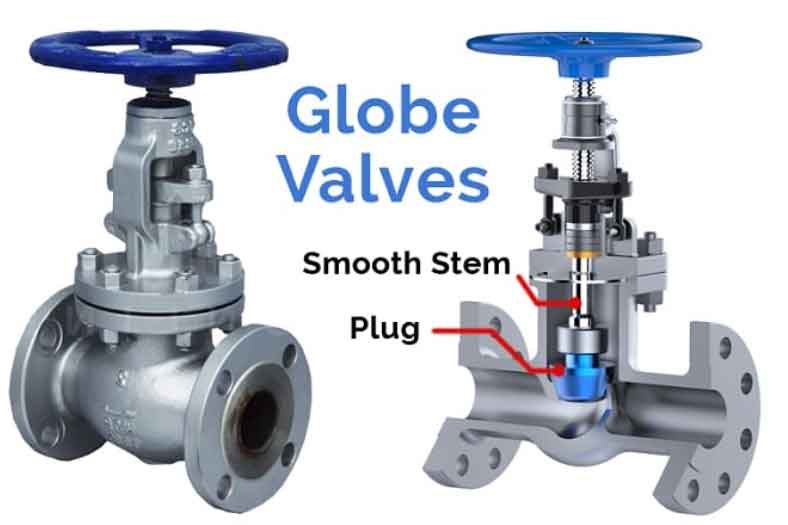Ensuring smooth operation and enhancing system reliability with globe valves involves several key considerations and practices. Here are some important steps to take:

1. Proper Installation:
Ensure that globe valves are installed correctly according to manufacturer guidelines and industry best practices. This includes proper alignment, appropriate sealing, and appropriate torque for flange connections. Improper installation can lead to leaks, poor performance, and premature valve failure.
2. Regular Maintenance:
Implement a regular maintenance program to inspect and maintain globe valves. This includes periodic checks for leaks, corrosion, and wear, as well as lubrication of moving parts. Follow the manufacturer’s recommended maintenance schedule and procedures to keep the valves in optimal condition.
3. Valve Operation and Control:
Train operators on proper valve operation and control. This includes understanding the correct positioning of the valve disc or plug for desired flow rates and pressure control. Improper operation, such as sudden valve movements or frequent cycling, can lead to wear and damage over time.
4. Monitoring and Control Systems:
Utilize monitoring and control systems to ensure efficient and safe operation of globe valves. These systems can include pressure sensors, flow meters, and automation controls that provide real-time data on valve performance. This allows for proactive maintenance and early detection of any issues.
5. Preventing Cavitation and Erosion:
In applications where cavitation or erosion can occur, consider the use of flow control devices, such as anti-cavitation trims or erosion-resistant coatings, to protect the valve components. These measures help minimize wear and extend the lifespan of the valve.
6. Selecting the Right Valve Size:
Properly size the globe valves for the specific application to ensure optimal performance. An undersized valve may result in excessive pressure drop and flow restrictions, while an oversized valve can lead to poor control and increased wear. Consult with valve manufacturers or engineers to determine the appropriate valve size based on flow requirements.
7. Corrosion Protection:
In corrosive environments, select globe valves made from corrosion-resistant materials or consider protective coatings or linings to mitigate the effects of corrosion. This helps maintain the integrity of the valve and prolong its service life.
8. Regular Testing and Inspections:
Perform regular testing and inspections, such as pressure testing and visual inspections, to identify any potential issues or leaks. This allows for timely repairs or replacements to prevent system downtime or safety hazards.
9. Valve Replacement and Upgrades:
Assess the condition and performance of globe valves periodically. Consider replacing old or worn valves with new ones that incorporate advanced features or technologies for improved performance, reliability, and efficiency.
10. Compliance with Standards and Regulations:
Ensure that the selected globe valves meet industry standards and comply with relevant regulations, particularly in safety-critical applications. This includes certifications, such as API, ANSI, or ISO, which ensure that the valves meet specific performance and quality standards.
By implementing these practices, system operators can enhance the reliability and longevity of globe valves, leading to smooth operation and improved overall system performance. Regular maintenance, proper operation, and monitoring are key to identifying and addressing any issues before they escalate, ensuring continuous and reliable flow control in industrial fluid handling systems.
